Nearly entire global population breathing polluted air, warns WHO
A full 99 percent of people on Earth breathe air containing too many pollutants, the World Health Organization says, blaming poor air quality for millions of deaths each year.
Fresh data from the UN health agency showed that every corner of the globe is dealing with air pollution, although the problem is much worse in poorer countries.
"Almost the entire global population (99 percent) breathes air that exceeds WHO air quality limits, and threatens their health," the agency said in a statement.
The agency's report includes data on air pollutants such as particulate matter and nitrogen dioxide - both of which are found in fossil fuel emissions and blamed for some respiratory and heart conditions - for the years between 2010 and 2019 and covers over 6,000 cities in 117 countries.
Air pollution kills at least 7 million people prematurely each year.
The levels of small and hazardous airborne particles, called particulate matter, in Africa and Western Pacific regions were nearly eight times the agency's guidelines, while the lowest levels were observed in Europe, according to WHO.
In the 117 countries in which air quality was monitored, less than 1% of cities in low- and middle-income countries comply with WHO recommended pollutant thresholds. In contrast, only 17% of cities in high-income countries fall below the WHO's Air Quality Guidelines for particulate matter.
The levels of nitrogen dioxide in low-and middle-income countries were about 1.5 times higher than in high-income countries.
In its previous report four years ago, WHO had already found that over 90 percent of the global population was affected, but it has since tightened its limits, it said.
"The evidence base for the harm caused by air pollution has been growing rapidly and points to significant harm caused by even low levels of many air pollutants," WHO said.
While UN data last year indicated that pandemic lockdowns and travel restrictions caused short-lived improvements in air quality, WHO said air pollution remains a towering problem.
"After surviving a pandemic, it is unacceptable to still have seven million preventable deaths and countless preventable lost years of good health due to air pollution," Maria Neira, the head of the WHO's department of public health and environment, said in a statement.
'Healthier energy systems'
WHO chief Tedros Adhanom Ghebreyesus stressed that worries over soaring energy prices, due in part to Russia's attack on Ukraine, should help propel change.
"Current energy concerns highlight the importance of speeding up the transition to cleaner, healthier energy systems," he said in a statement.
"High fossil fuel prices, energy security, and the urgency of addressing the twin health challenges of air pollution and climate change, underscore the pressing need to move faster towards a world that is much less dependent on fossil fuels."
The report provides data on concentrations of dangerous particulate matter with a diameter of between 2.5 and 10 micrometers (PM10), and particles with a diameter of less than 2.5 micrometers (PM2.5).
PM2.5 includes toxins like sulfate and black carbon, which pose the greatest health risks since they can penetrate deep into the lungs or cardiovascular system.
And for the first time, the report also provides ground measurements of annual mean concentrations of nitrogen dioxide (NO2), a common urban pollutant, which is associated with respiratory diseases, particularly asthma.
The report found problems related to particulate pollution were far worse in poorer countries, but that most cities had trouble with nitrogen dioxide.
While the air in 17 percent of cities in high-income countries fell below WHO's air quality guidelines for PM2.5 or PM10, less than one percent of cities in low and middle-income countries complied with the recommended thresholds, the report said.
Out of the around 4,000 cities across 74 countries that collected NO2 data, measurements meanwhile showed only 23 percent of people breathed annual average concentrations of the gas that met levels in WHO's recently updated guidelines.
(Source: Agencies)
US to pull out troops from Chad in second African state withdrawal
Yemeni armed forces strike British oil tanker in Red Sea
VIDEO | Genocide in Gaza
VIDEO | Press TV's news headlines
VIDEO | American, Israeli rabbis call for ceasefire during protest near Gaza
Iran calls for enhanced defense cooperation with Russia
US campus crackdown: 500 pro-Palestinian protesters arrested
VIDEO | Yemenis rally in Sana'a in solidarity with Palestinians in Gaza


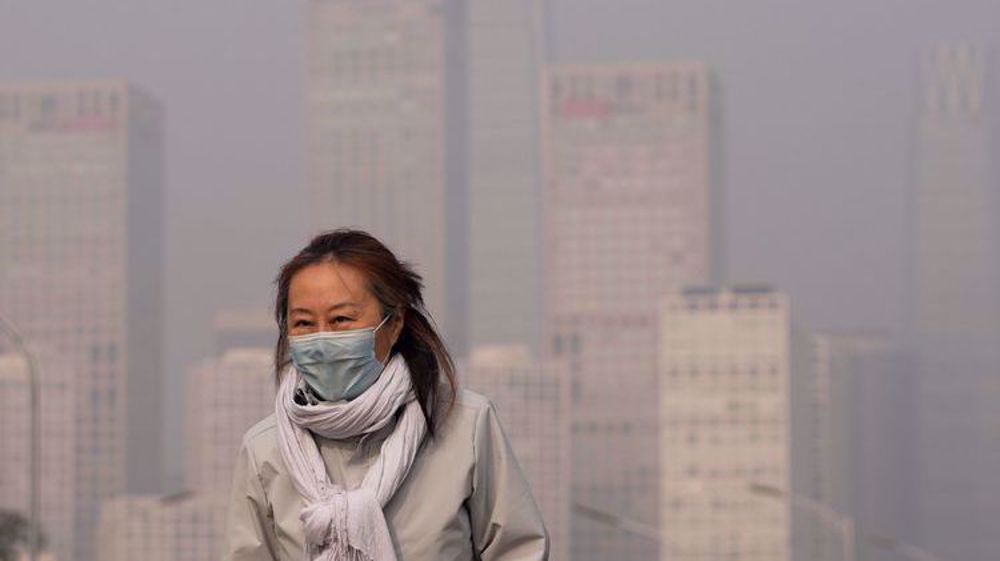
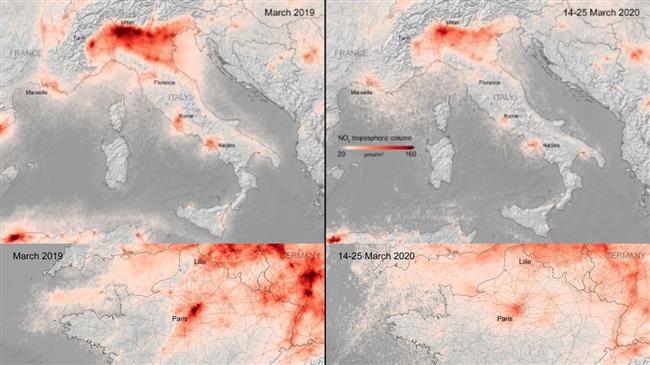
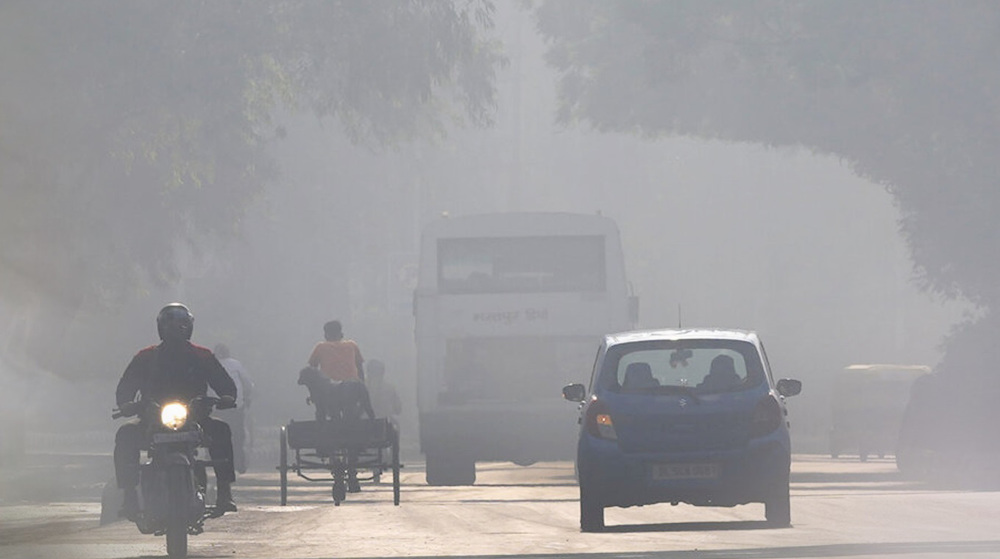
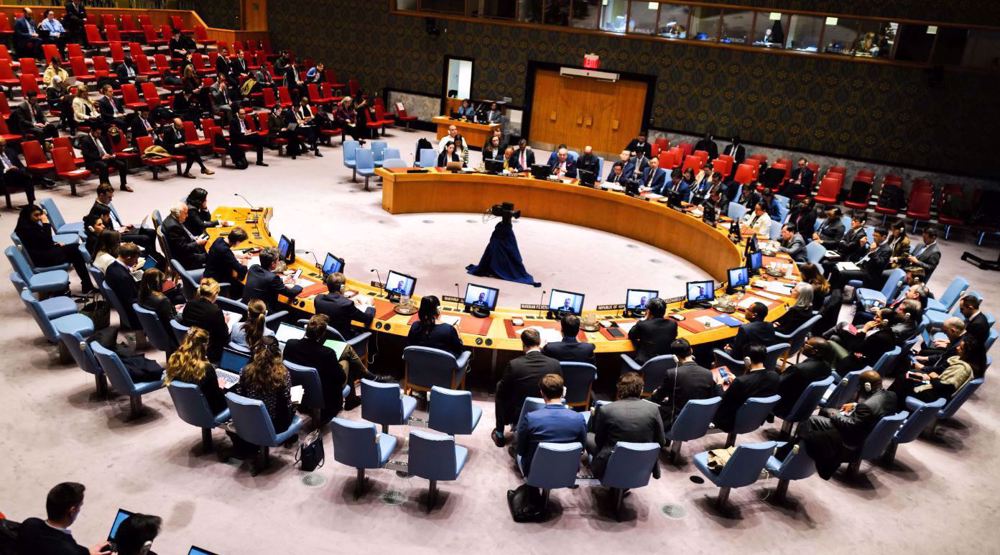





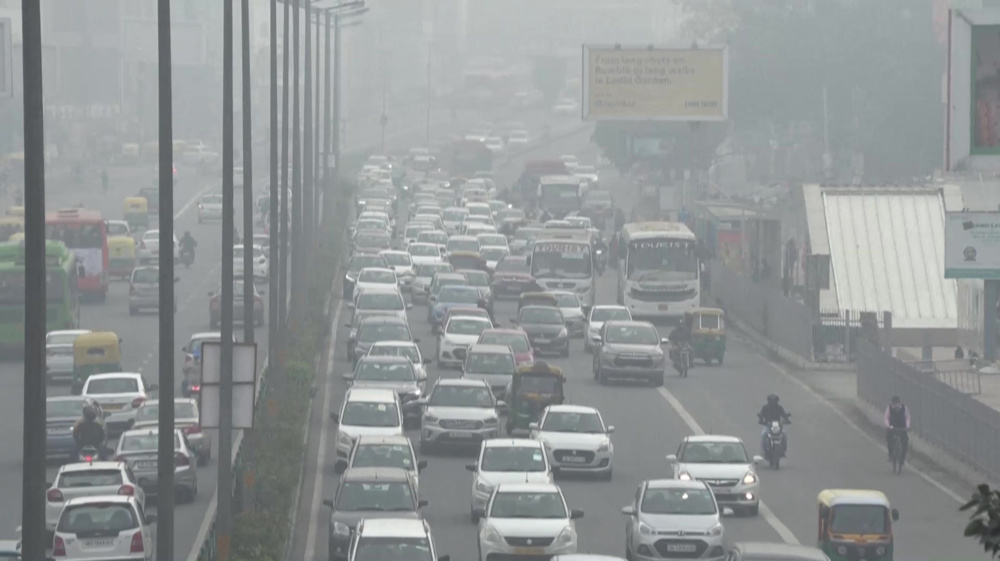
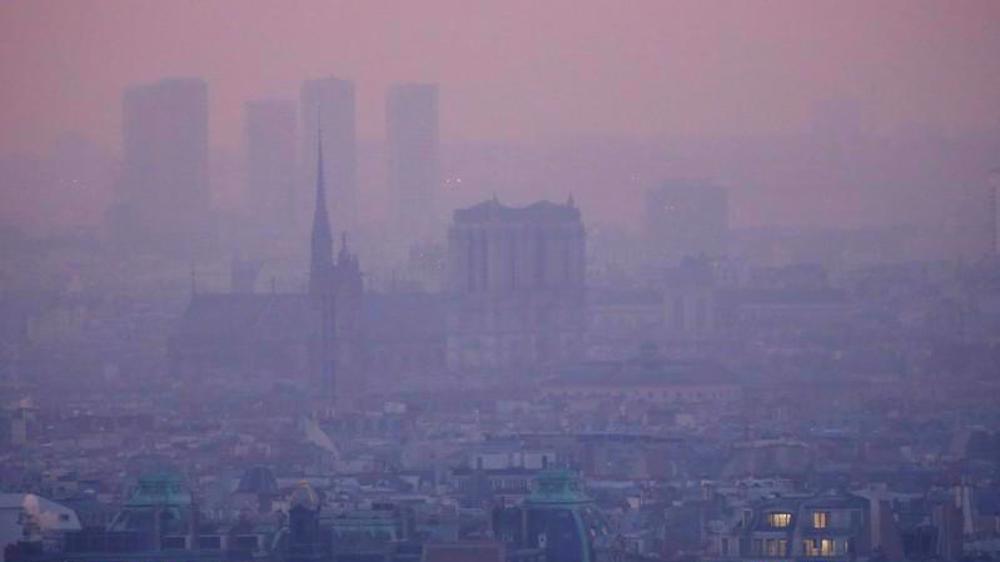
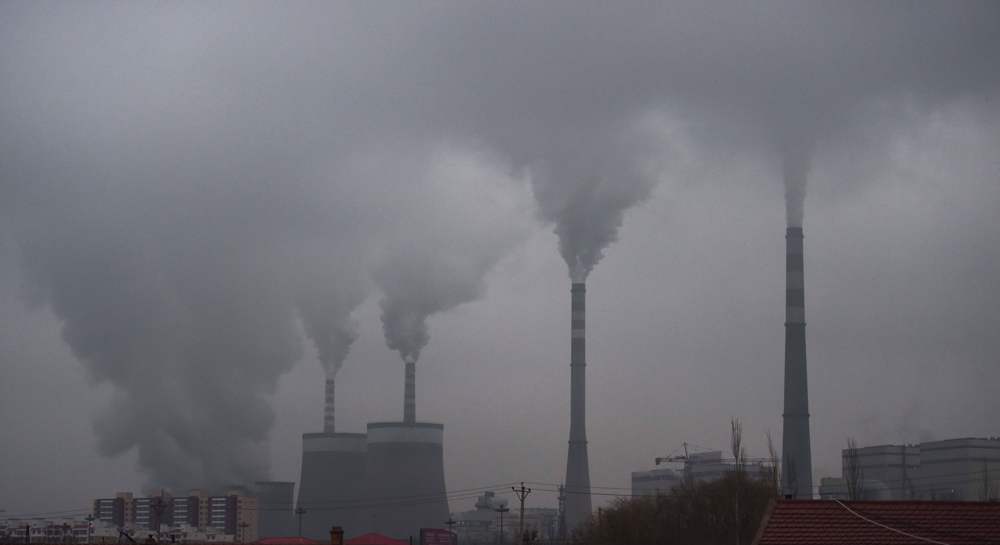
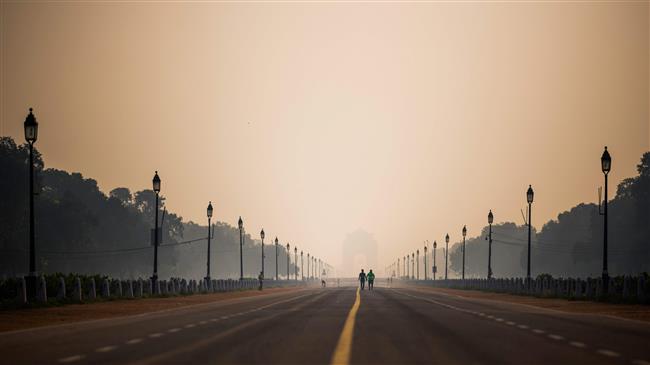

 This makes it easy to access the Press TV website
This makes it easy to access the Press TV website